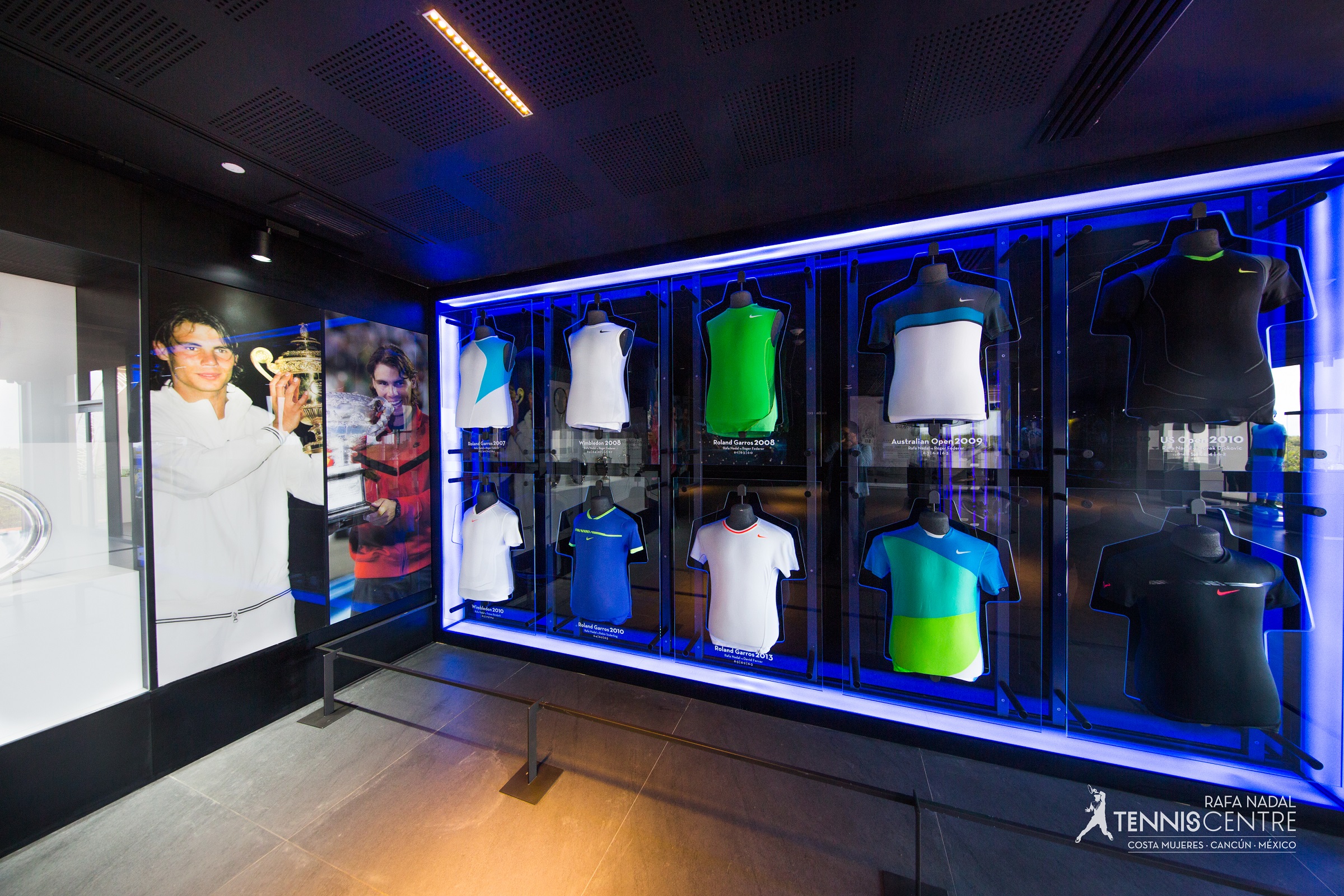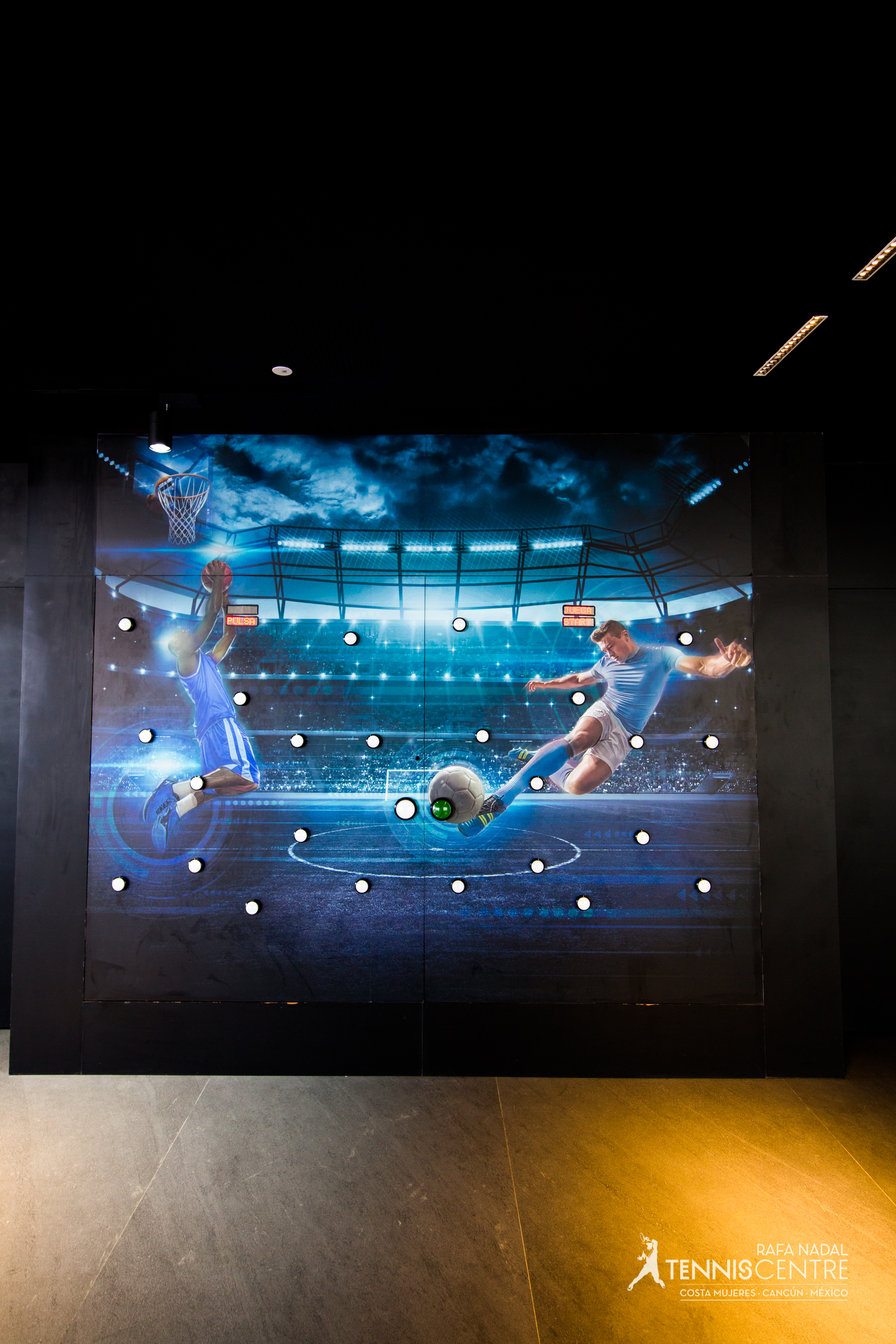Content
- Appointment scheduling
- Step 11: Launch Your App
- Consumer applications
- #1: Identify a Gap/ Problem You Want Your New Healthcare App to Solve
- Healthcare App Development in 2023: The Ultimate Guide
- Personalization
- Our Experience in building Healthcare App
- Health App Design: Improving User Experience in Medical Applications
A simple app with basic functionality might cost $20,000 to $50,000 to develop, while a more complex app with advanced features and custom integrations could cost $200,000 or more. But before diving into more details about how to develop a healthcare app, let’s take a look at the different types of medical applications. Building a healthcare mobile app may be a challenging task but it doesn’t make it less fruitful. The modern world plagued by pandemics, economic crises, environmental pollution, climate change, and other problems, yearns for new healthcare solutions. Designing your app to help maintain the health and wellbeing of as many people as possible is not only a worthy cause but also good business.
Its advanced tech monitors the users’ skin based on which it contacts dermatologists and provides treatments to their medical app users. These types of professional healthcare apps primarily cater to the needs of healthcare providers—doctors, psychologists, therapists, nutritionists, etc. This may include services such as patients being able to connect with the doctors using digital mediums such as video conferencing or messaging. Telemedicine proves wondrous for remote regions and has proven to be a great boon when the pandemic was at its peak, enabling people to access healthcare on their mobile devices. After conducting thorough research, the developers and designers can start brainstorming and devising a mobile healthcare app prototype. This is not the final product but rather a sample depicting the major features of the healthcare app.
The quality of healthcare has improved substantially with mobile apps. Most of the mundane tasks are automated in the process of healthcare delivery. As a result, doctors are able to offer better assistance to patients, diagnose their conditions in the most effective manner, and provide quality solutions.
Appointment scheduling
Modern customers expect a great user experience but the healthcare industry is traditionally ill-equipped to deliver a flawless digital strategy. For example, you won’t have to spend time adding a new feature that your customers are asking for or removing any older features that nobody wants. In the healthcare space, in particular, the most common monetization method is actually subscriptions. healthcare application development If you have built a solid health app which collects data and provides health assistance, tips and tricks, this is the route to go. In the user’s mind, a connection is made between a mobile app and a specific use case. Like – I go to Facebook to decompress and see what my friends are up to, Linkedin to read professional news and network updates, Epocrates to get drug information etc.

MDLIVE services are readily available at whatever time and day, with an average consultancy wait time of under 15 minutes. Here are the categories of healthcare apps that are excelling in the healthcare space with examples. The app’s design, functionalities and underlying technological stacks must all be well thought-out and planned. If planning and executing coding is too much for the in-house team, collaborating with an app development company could be a great option. Generally, the cost of developing a medical app with basic features, such as an appointment booking feature, will cost from $30,000 to $100,000. Apart from becoming compliant with corresponding regulations, there might be some issues dealing with additional services that you are adding to your apps.
Step 11: Launch Your App
Especially for apps that manage appointments and medication, make sure users can enable and customize notifications. When choosing a development technology, consider getting in touch with a trustworthy IT partner. They will provide more technical details about the costs and staff availability for the chosen tech stack. Especially patients with chronic conditions have to visit the hospital regularly to receive a new prescription. This places a burden on the patient who needs to take time out of their day to make the trip as well as on the doctor who needs to see the patient and write the prescription. Such solutions can automatically issue a new prescription when required and send it to the patient or pharmacy.
Easy menu navigation and catchy user-friendly interface are the two other features that make the user experience much better. A simplified, easy-to-use interface is very important to make users like your app. It is very important to understand the value your app will provide to the end-users. The app offers the easiest professional advice way to interact with eye doctors for minor issues, including dry eyes, red eyes, allergies, and other less severe eye problems. Also, you can get an idea about the best monetization strategy for your app by checking out top apps in the medical industry.
Consumer applications
Scheduling in the medical sphere can get complicated due to long shifts and emergencies, and a management solution helps simplify this process for hospital managers. Finally, electronic health records have become commonplace in many countries and continue to deliver better results. Given the small screen sizes of mobile devices, the development team usually relies on a solid user interface and user experience design. Given that healthcare apps often deal with sensitive data, it’s crucial that you implement these development practices.
We will help you identify the potential on the market, choose the right technology and offer you seasoned specialists that will deliver a high-performance application. Get in touch with us to discuss the details of your project and find the best talents to achieve your goals. To build healthcare applications that people would actually want to use means to include features that engage users and offer them tangible benefits. Of course, the choice of features will depend on whether you want to build a mobile medical solution for glucose tracking, fitness, or, let’s say, for remote patient monitoring. While it’s certainly possible to start a medical app on a tight budget, there are a number of potential pitfalls that can lead to low-quality apps.
These may not be critical features; however, they can make your application engaging. At the end of the day, your customer is left with the experience, and if they’re disappointed, then don’t expect your app to be successful. You can improve your overall customer experience by leveraging X-data, O-data, online surveys, feedback, and tracking diagnosis of potential problems. When building your app, they’re four basic features you should aim to achieve because they can improve the overall usability of your app. After you’ve completed your quality assurance, it’s time to get your app live and in the hands of the general public. List your app on Google’s Playstore and Apple’s App Store and follow their submission guidelines appropriately.
#1: Identify a Gap/ Problem You Want Your New Healthcare App to Solve
The first step to building a successful mobile app is knowing what sort of purpose it serves. One thing we can’t overlook with healthcare mobile app design is accessibility. By fully supporting accessibility options built into Android, iOS, WatchOS, and iPad OS, we cater to a broader, more inclusive audience and get fans for life. We helped HANDLE develop and refine the scope of work during the Discovery Phase and assembled a team of experienced developers who worked with the client’s existing CTO leadership.
Some of these apps help user to engage users in fitness-related activities such as running, swimming, etc. These apps can also offer workout sessions with the provision of customizing the sessions. Machine Learning in healthcare has been one of the greatest benevolence. In healthcare, Machine Learning analyses different health data points and helps identify tough-to-catch diseases such as cancer, genetic diseases, etc.
- Any such change is immediately communicated to the clinical team via a notification.
- Like – I go to Facebook to decompress and see what my friends are up to, Linkedin to read professional news and network updates, Epocrates to get drug information etc.
- Often standalone developers will just focus on creating the app completely disregarding the user experience.
- Learn about a company’s reliability by reading customer evaluations and checking their portfolio of completed projects.
- When dealing with very personal information, it’s vital to adopt stringent safety protocols to safeguard user information.
If you’re an entrepreneur or a startup looking to create a health app, then this is the ultimate guide for you. Here, ProCoders cover everything you need to know about how to create a health app. As for maintenance, additional features are developed the same way as the app itself since trying to ‘fix’ or add anything to the production environment can break a live app. Thus, developers recreate additional features and reproduce bugs in an isolated environment and evaluate how well they work. After being tested, a feature or a fix can be launched to production, and the application is updated.
Healthcare App Development in 2023: The Ultimate Guide
Developing an application for a certain sector has a distinct set of obstacles. There are Pre-development, development, and post-development steps in creating a mobile healthcare application. Your healthcare app development plan should integrate reminders, meal planning, calorie calculators, food and health databases, and a slew of other useful features. The following are examples of healthcare application development designed specifically for medical professionals. There are several applications in the field of health and well-being.
Personalization
Once you have created a healthcare application, your next step is to distribute it to the targeted users. The patient engagement mechanisms included in the mobile app allow patients to communicate with their physicians about nutrition, medicine, lifestyle, and more. The early COVID-10 wave saw millions of people worldwide were able to get aid and remain safe without having to leave their homes because of such telehealth applications. There are several apps available to evaluate the financial landscape.
Ok, so real quick — UX and UI, despite being often used as a single term, actually mean two different things. These two things need to work together for a medical application design to perform as expected. Or cross-platform app), the development team’s location and expertise, and the features and functionality that are included. Many companies determine at this stage to let off their external development team and let the in-house team handle the rest. This may include continuous iteration of the app to ensure full stability, initially. The most straightforward monetization model is to charge users a one-time fee to download the app.
You need to do in-depth market research on the existing healthcare apps in the healthcare industry and analyze their features, functionalities, target audience, reviews, and engagement rate. With its intuitive design, the EyeCare Live healthcare mobile app makes it simple to track your eye care journey and keep up with the latest advances in eye healthcare technology. He’s enthusiastic blogger and his writing interest includes mobile and web development technologies, startup ideas and strategies. The use of mHealth apps have grown exponentially in the past few years. From monitoring of health conditions to diagnosis, mHealth apps offer remarkable opportunities to improve our health, safety and preparedness to common illnesses. According to a report, there are 3, 25,000 healthcare apps available worldwide with Android mHealth apps leading the way.
Mobile health apps are great affordable tools that make it easier for people to prevent these diseases. So, if you’re about to create a healthcare app for your business, but don’t have all the information you need, read on because this article will get you started on the right path. At Netmaxims, we were assigned the task of developing a fully immersive healthcare VR app for radiologists and patients—Oncology VR. Healthcare apps can be of various types, depending on the range of users they serve and the dynamics of their respective needs and requirements. Technologies that allow simultaneous app development on different platforms and a single code system.




